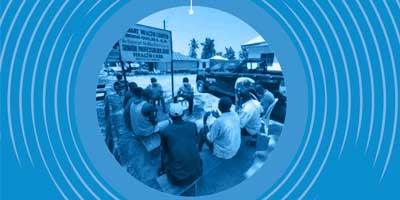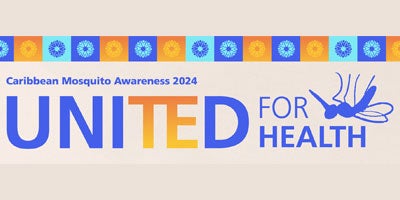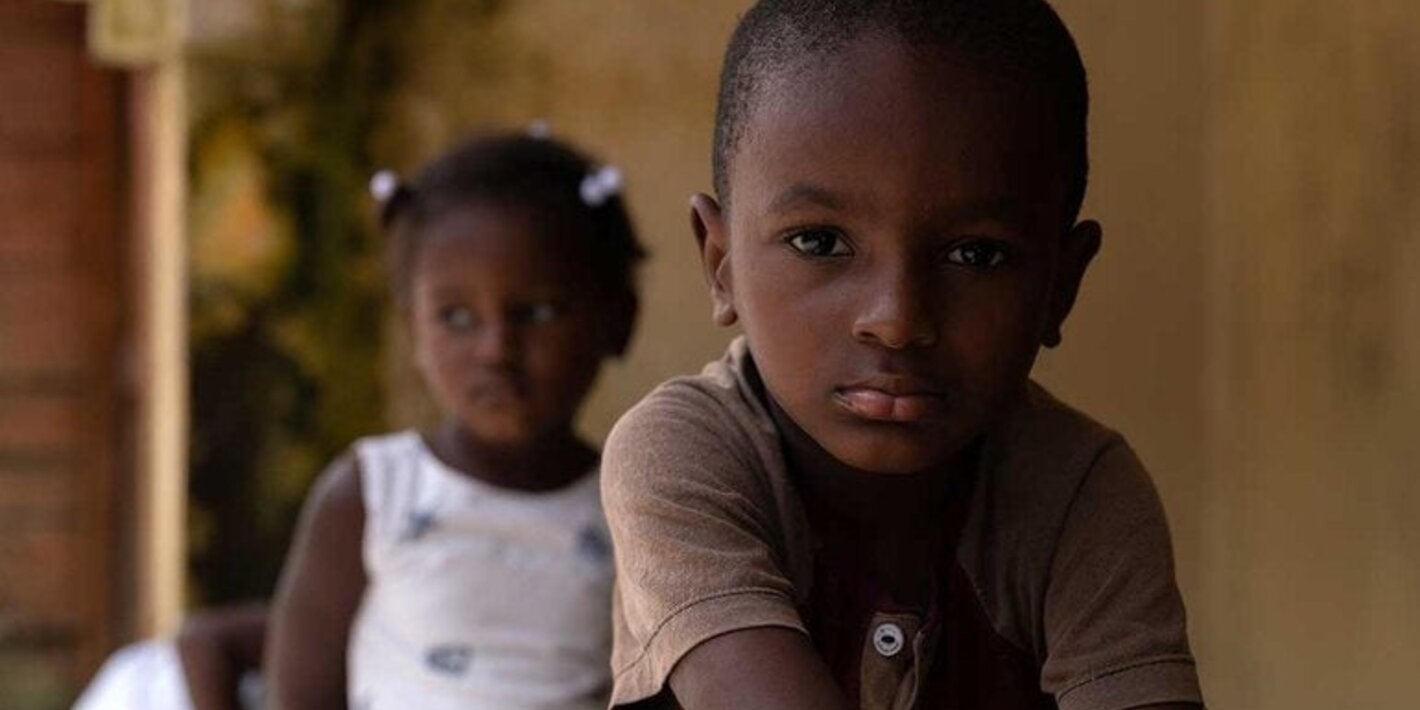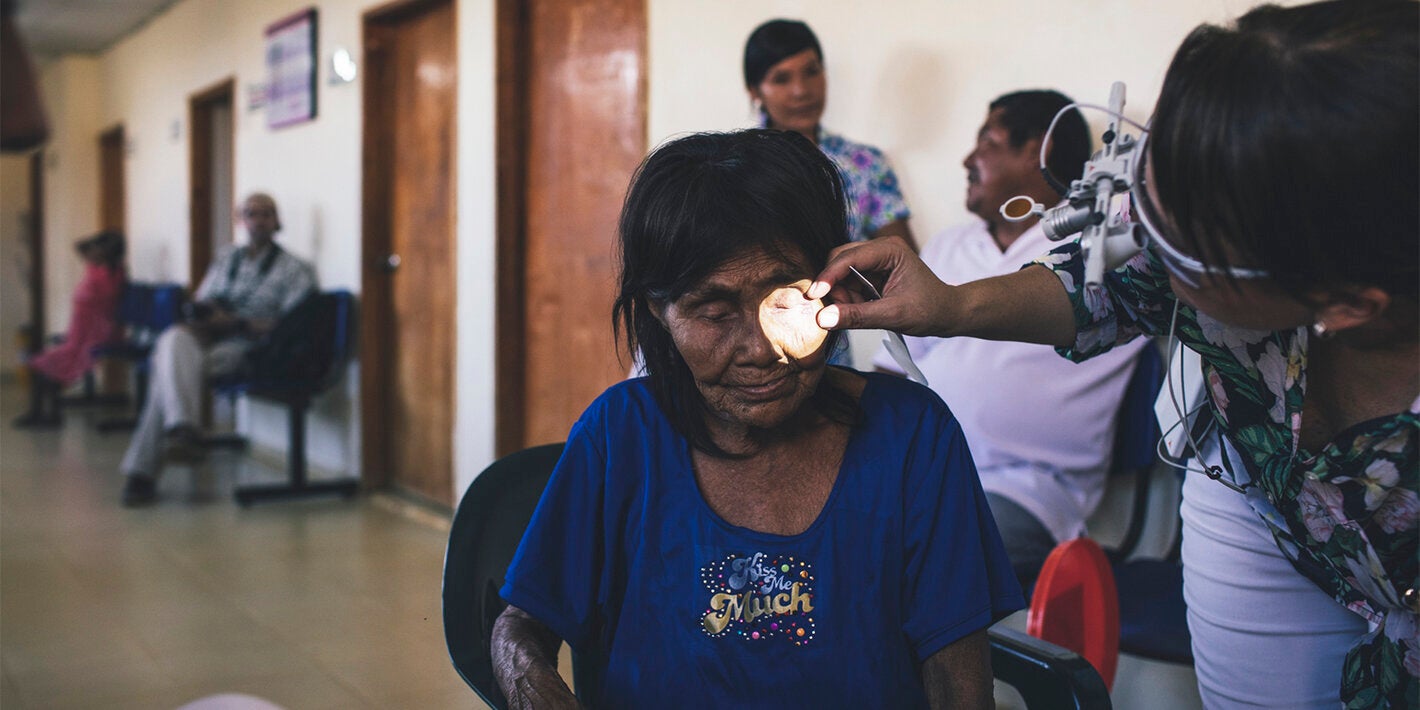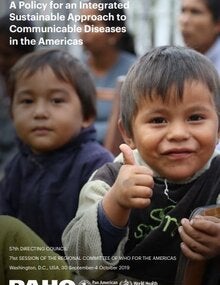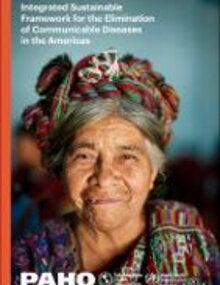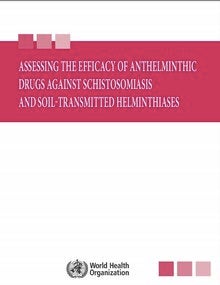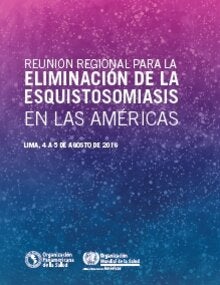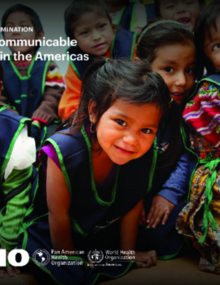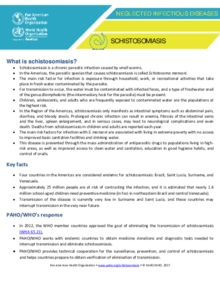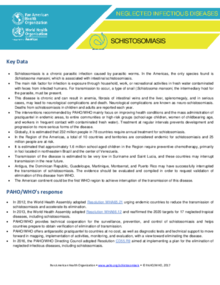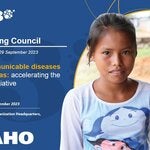SUBMENU
Schistosomiasis is a chronic parasitic infection caused by worms. It is most common in rural and impoverished populations. In the Americas, the parasite species is Schistosoma mansoni, which is associated with intestinal schistosomiasis. The main risk factor for infection is exposure through household, work, or recreational activities in fresh water contaminated with faeces from infected humans. In the Region, for transmission to occur, Biomphalaria snails, the intermediate hosts of the parasite, must also be present in contaminated water. Children and adolescents are the populations most at risk. Chronic infection can result in anaemia, fibrosis of intestinal veins and the liver, spleen enlargement, and in serious cases, neurologic complications and death. Schistosomiasis claims the lives of children and adults in the Americas each year.
- Schistosomiasis transmission probably has been interrupted but not yet verified in Puerto Rico, Dominican Republic, Antigua and Barbuda, Montserrat, Guadalupe, Martinique, and Saint Lucia but is still ongoing in Brazil, Venezuela, and Suriname.
- Approximately 25 million people are at risk of contracting the infection, and it is estimated that nearly 1.6 million school-aged children need preventive medicine (in foci in northeastern Brazil and central Venezuela).
- Transmission of the disease is currently very low in Suriname, and may be interrupted in the near future.
- In 2012, the WHO member countries approved the goal of eliminating the transmission of schistosomiasis (WHA 65.21).
- PAHO/WHO works with endemic countries to obtain medicine donations and diagnostic tests needed to interrupt transmission and eliminate schistosomiasis.
- PAHO/WHO provides technical cooperation for the surveillance, prevention, and control of schistosomiasis and helps countries prepare to obtain verification of elimination of transmission.




